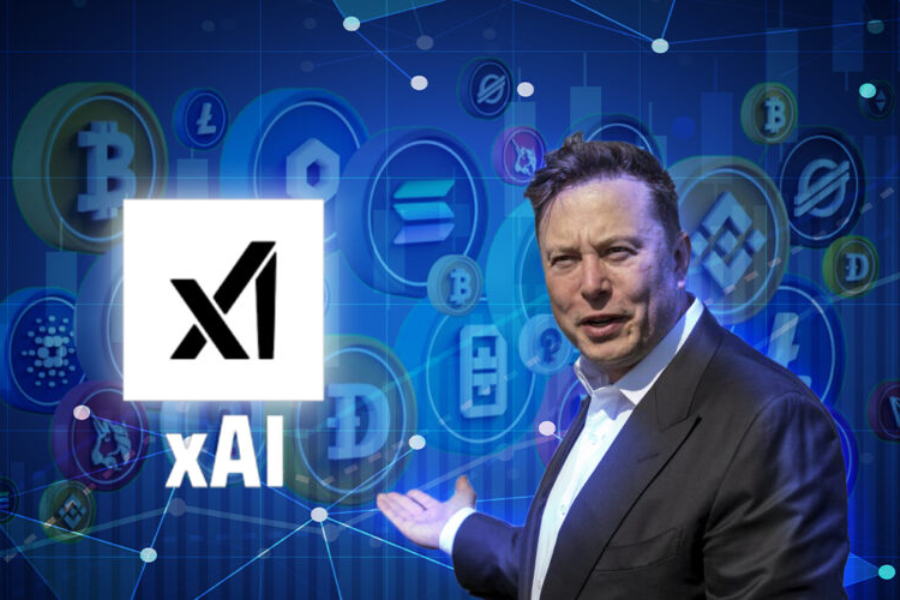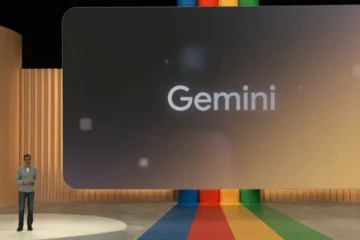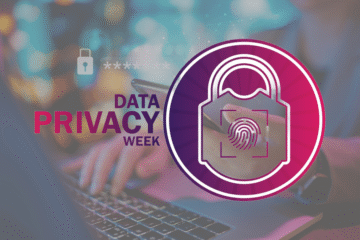Elon Musk is no stranger to bold moves in technology. From electric vehicles and private spaceflight to neural interfaces and social media ownership, his ventures often command global attention. Now, his latest foray into artificial intelligence is once again stirring curiosity, excitement, and concern in equal measure. But is this latest initiative a leap forward for humanity or a potentially dangerous gamble?
With the rapid evolution of AI in 2024 and beyond, Musk’s return to the AI scene comes at a critical time. The world is still grappling with ethical, regulatory, and societal implications of machine learning, and any new developments are met with both anticipation and scrutiny.
This article explores Elon Musk’s latest AI venture, the ideas driving it, its competitive position, and the risks that it may bring—not just to the market, but to the broader human future.
The Birth of xAI: Musk’s Answer to Mainstream AI
In 2023, Musk founded xAI, an artificial intelligence company positioned as an alternative to what he described as overly politically correct AI models developed by leading players like OpenAI, Google DeepMind, and Anthropic. His vision was simple but provocative: build a “maximum truth-seeking” AI that can reason with fewer restrictions and more intellectual independence.
By 2025, xAI had grown from an idea into a fully functioning lab with former engineers from DeepMind, Tesla, OpenAI, and Microsoft onboard. The company’s first major product, a chatbot called “Grok,” was integrated into the X platform (formerly Twitter), allowing premium users to interact with a sarcastic, edgy digital assistant designed to reflect “humor and rebelliousness.”
While Grok attracted attention for its personality, xAI’s broader ambition is much more profound—building a general-purpose AI that could rival or surpass OpenAI’s GPT-5 and Google’s Gemini Ultra.
Musk’s Vision: A Libertarian Alternative to Censored AI
At the core of Musk’s AI push is a philosophical stance. He argues that existing AI models are being shaped too heavily by political ideology and social sensitivities. He believes that censoring models risks limiting innovation, distorting truth, and undermining public trust.
xAI’s mission is to create models that can reason without ideological bias, operate with transparency, and offer the “uncensored truth” as Musk defines it. Critics argue that this opens the door to misinformation and social harm, while supporters claim it restores balance in a space dominated by corporate and governmental influence.
Musk has said on multiple occasions that his fear is not AI itself, but AI being controlled by centralized entities with too much power. His solution: build an AI that is open, transparent, and less constrained by political correctness.
Integration with Tesla and Neuralink: The AI Trinity
Musk has the unique advantage of operating several companies that can work together across AI, robotics, and brain-machine interfaces. In recent months, there has been increased speculation—and partial confirmation—that xAI will collaborate more closely with both Tesla and Neuralink.
Here’s how that triangle looks:
- Tesla already uses AI extensively in its autonomous driving systems. Musk has hinted at integrating xAI’s reasoning capabilities to improve decision-making for Full Self-Driving (FSD).
- Neuralink, Musk’s neurotechnology venture, could leverage xAI models to interpret neural data, helping bridge the gap between human thought and digital execution.
- X Platform, which Musk also owns, becomes a sandbox for testing conversational AI at scale and collecting user interaction data to refine future models.
If Musk succeeds, he will be one of the first entrepreneurs to connect AI, robotics, and neural tech in a vertically integrated system. That could mean everything from smarter self-driving cars to mind-controlled devices powered by the same AI brain.
Competitive Landscape: Late Entry or Strategic Disruption?
Critics point out that Musk entered the AI race relatively late compared to giants like OpenAI, Google, Meta, and Amazon. However, his advantage lies not in being first, but in being different.
Unlike his competitors, Musk controls the data pipelines (via X), the hardware platforms (via Tesla), and the ethical direction (via xAI) without outside investor constraints. This gives him a unique level of operational freedom.
Also, the skepticism toward AI companies that appear too aligned with government or institutional ideologies gives Musk a growing fan base among technologists, entrepreneurs, and public intellectuals who worry about digital censorship.
But being different comes with high stakes. Grok’s sarcastic tone, for example, has already led to criticism about spreading toxic content or making light of serious issues. Scaling an AI with personality but without strict filters could create both legal and reputational hazards.
Ethical Risks and Open Questions
While Musk positions xAI as a more honest and open alternative, the risks remain substantial. Without careful boundaries, AI tools could end up spreading biased information, manipulating opinions, or being used maliciously.
Some key concerns include:
- Misinformation Amplification: If Grok or future models are too lenient on controversial topics, users might weaponize AI-generated responses.
- Bias Under a Different Name: Critics argue that removing filters doesn’t make a system unbiased—it just replaces one form of control with another.
- Data Privacy: With integration across X, Tesla, and Neuralink, questions arise about how much user data might be collected and used for model training.
- Regulatory Pushback: Governments and watchdogs may not tolerate a free-wheeling AI product that spreads content seen as harmful, even in the name of truth-seeking.
Elon Musk’s history of friction with regulators could make it even harder for xAI to scale without facing legal roadblocks or public backlash.
Global Impact and Future Potential
If xAI succeeds in creating a more robust, intelligent, and less restricted AI system, it could challenge the current tech hierarchy. It might push other companies to revisit their own moderation strategies and bias filters. It might also spur a global debate about what AI should be allowed to say and do.
Musk’s idea of truth-seeking AI aligns with the broader trend of users demanding more transparency and independence in digital platforms. But truth, in the realm of generative AI, is notoriously hard to define—and even harder to program.
Still, Musk has defied the odds before. He transformed car manufacturing with Tesla, space exploration with SpaceX, and payment systems with PayPal. His entry into AI should not be dismissed.
Conclusion:
Elon Musk’s latest AI venture sits at the intersection of ambition and anxiety. It promises a new chapter in artificial intelligence, one less constrained by mainstream norms and more aligned with raw logic, data, and unfiltered output.
But that same freedom could open doors to unpredictable consequences. As xAI develops further and Grok gains more features and reach, society will have to ask difficult questions about the kind of intelligence we want our machines to have—and who gets to shape it.
In the end, Musk’s AI efforts reflect the same paradox that defines much of his career: bold innovation chasing profound goals, always shadowed by the risk of going too far too fast.
As the story unfolds, the world will be watching closely—not just to see what xAI can do, but to understand whether Musk’s version of truth will serve or disrupt the society we’re building.


